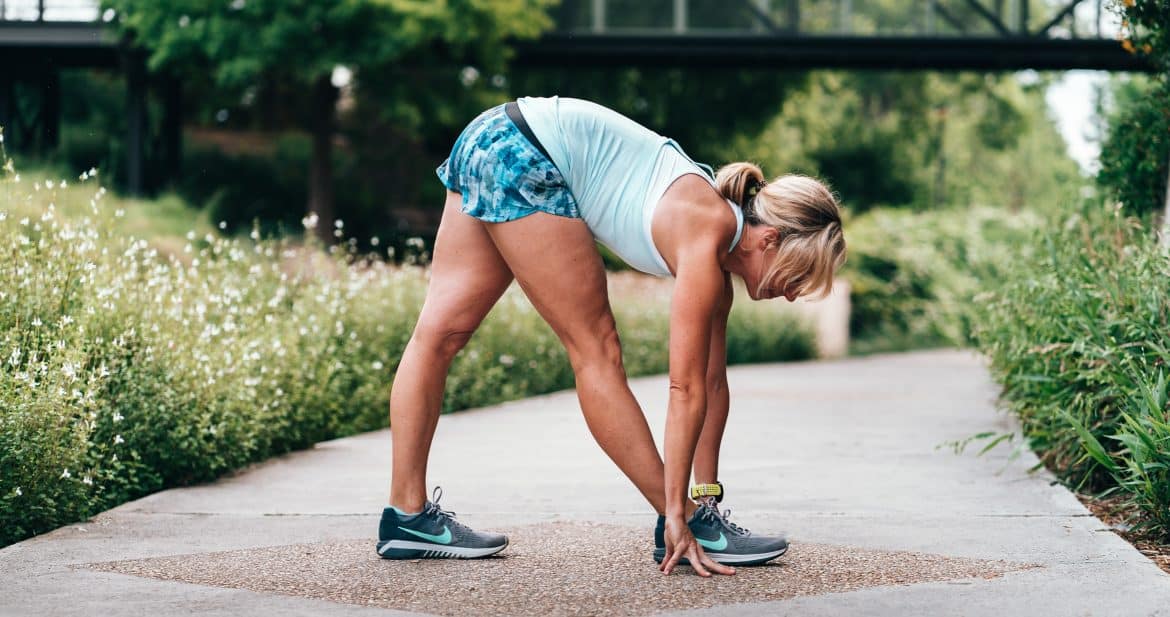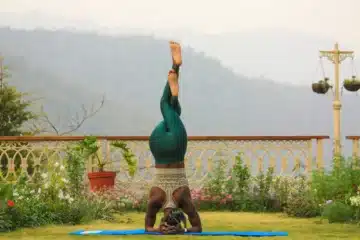Pliability is the quality of being supple, adaptable, and resilient, both in body and mind. Like a bendable tree swaying with the wind, embracing pliability allows us to move through life with grace, ease, and fluidity.
In this article, we delve into the concept of pliability, its significance in physical movement and mental well-being, and strategies for cultivating greater flexibility and adaptability in our lives.
Understanding Pliability
Pliability is more than just physical flexibility; it encompasses a sense of openness, resilience, and responsiveness to change.
In the body, pliability is reflected in the ability of muscles, tendons, and connective tissues to stretch and elongate without resistance or strain.
In the mind, pliability is about embracing uncertainty, letting go of rigid beliefs, and remaining open to new possibilities and perspectives.
The Significance of Pliability:
- Physical Health: Pliability promotes physical health and well-being by reducing the risk of injuries, improving range of motion, and enhancing overall flexibility and mobility.
- Mental Resilience: Embracing pliability fosters mental resilience and emotional agility, enabling us to navigate life’s challenges with grace, adaptability, and equanimity.
- Stress Reduction: Pliability practices such as yoga, stretching, and mindfulness meditation help reduce stress and tension in the body and mind, promoting relaxation and inner peace.
- Creativity and Innovation: Pliability stimulates creativity and innovation by freeing us from rigid thinking patterns and allowing for greater flexibility and spontaneity in problem-solving and decision-making.
- Relationships: Pliability deepens our connections with others by fostering empathy, compassion, and understanding, as we remain open to different perspectives and ways of being.
Cultivating Pliability in the Body:
- Regular Stretching: Incorporate regular stretching exercises into your daily routine to improve muscle flexibility and joint mobility.
- Yoga Practice: Engage in a consistent yoga practice to enhance both physical and mental pliability, as yoga combines stretching, strength-building, and mindfulness techniques.
- Foam Rolling and Massage: Use foam rollers, massage balls, or massage therapy to release muscular tension and promote tissue pliability.
- Dynamic Movement: Incorporate dynamic movement exercises such as tai chi, qigong, or dance into your routine to improve functional mobility and coordination.
- Breathwork: Practice deep breathing techniques to promote relaxation and release tension in the body, allowing for greater ease and pliability in movement.
Cultivating Pliability in the Mind:
- Mindfulness Meditation: Cultivate mindfulness through meditation practice, allowing thoughts and emotions to arise and pass without judgment or attachment.
- Flexibility of Thought: Practice challenging rigid beliefs and perspectives, remaining open to new ideas and possibilities.
- Resilience Training: Build mental resilience through practices such as cognitive-behavioral therapy (CBT) or resilience training programs, which teach skills for managing stress and adversity.
- Creative Expression: Engage in creative activities such as writing, painting, or music-making to stimulate imagination and foster flexibility of expression.
- Gratitude Practice: Cultivate gratitude for the present moment and all its blessings, fostering a sense of openness, acceptance, and appreciation for life’s unfolding journey.
Conclusion
Pliability is the key to unlocking greater flexibility, resilience, and vitality in both body and mind.
By cultivating physical flexibility through movement practices such as stretching and yoga, and nurturing mental flexibility through mindfulness, creativity, and resilience training, we can embrace life’s ever-changing flow with grace, ease, and equanimity.
So, let us embrace the gift of pliability, allowing it to guide us towards greater freedom, joy, and fulfillment in all aspects of our lives.



